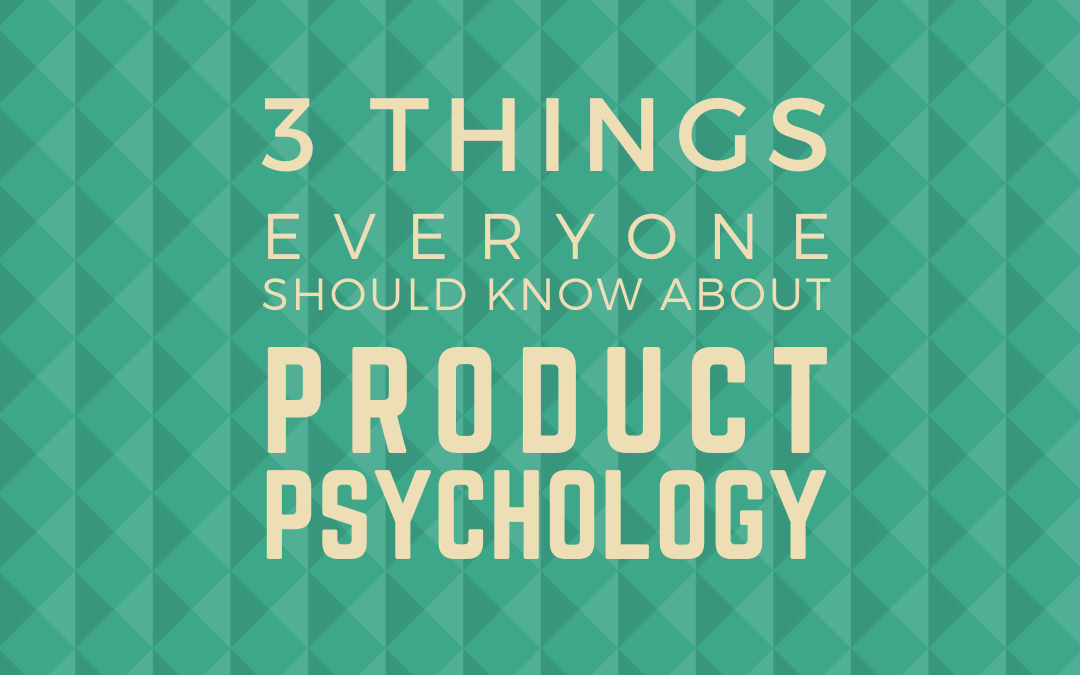Curated by Nir Eyal. Nir Eyal is the author of Indistractable: How to Control Your Attention and Choose Your Life and Hooked: How to Build Habit-Forming Products. Nir has taught at the Stanford Graduate School of Business and the Hasso Plattner Institute of Design at Stanford. Nir is a co-creator of this course.
Welcome to your first lesson on Product Psychology!
Before we dive in, a few words on what to expect:
This content is designed for people who want to know the deeper reasons behind why people do what they do. This is for the busy entrepreneur, designer, or marketer who wants to know techniques they can use to help build better products and ultimately improve people’s lives.
We’ve asked our friends and colleagues for their top three to five resources on important topics related to product psychology and user behavior. They’ve taken the time to dig up their favorite articles, videos, and resources to get you up to speed quickly.
Without further ado, here’s this week’s lesson. For this introduction, we dive into why the psychology behind the things we use matters:
Entrepreneurs should focus on discovering secrets about human behavior, which are cheap to discover but can build massive companies. In this article, I discuss where innovators should look for these opportunities. Whenever a massive change occurs in the way people interact with technology, expect to find plenty of secrets ripe for harvesting.
Ask yourself how user behaviors relevant to your business will be altered by the devices we carry today and in the future.
In this report titled, “Behavioral Design: A New Approach to Development Policy,” the authors explain how to apply behavioral economics to tackle some of the world’s toughest challenges. From increasing employee savings rates to immunization rates, the authors demonstrate a four-step process for implementing behavioral design to improve lives.
Give the four basic steps described in this guide a try. First, define the behavior you want to change. Then, diagnose what is preventing the behavior from happening. Next, look to the principles described in the report and in future lessons to design ways to change the behavior. Finally, test the outcomes of your experiment and adjust using different techniques and psychological principles.
We should all ask ourselves, “Is changing user behavior in this way worthwhile?” Before you embark on understanding product psychology, here’s a framework for helping you answer this critically important question.
Consider the framework in the essay and ask yourself where you sit on the Manipulation Matrix.
Other Product Psychology Lessons
- Building Community Starts with Understanding People
- When Persuasion Becomes Deception
- Mastering Pricing Principles
- A Handy Behavioral Design Toolkit
- Onboarding Matters – Getting Users Engaged in your Product
- Dual Process Theory: Is Your Product the Elephant or the Rider?
- Web Psychology – The Science of Online Persuasion
- Developing User Empathy with Design Sprints
- Want To Be A Game Psychologist? What You Need to Know
- How to Do Effective User Research
- Context Driven Design (The “Context Effect”)
- Writing Copy for Your Reader’s Brain
- Designing Habit-Forming Products
- Games, Play, and Motivation
- How Scarcity & Impatience Drive Irrational User Behavior
- Should You Listen To Your Users or Your Data?
- Emotional Engagement – Designing with the Heart in Mind
- Product Psychology: The 3 Things Everyone Should Know About

